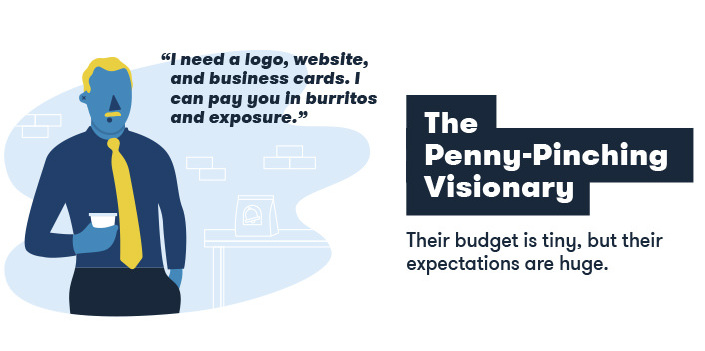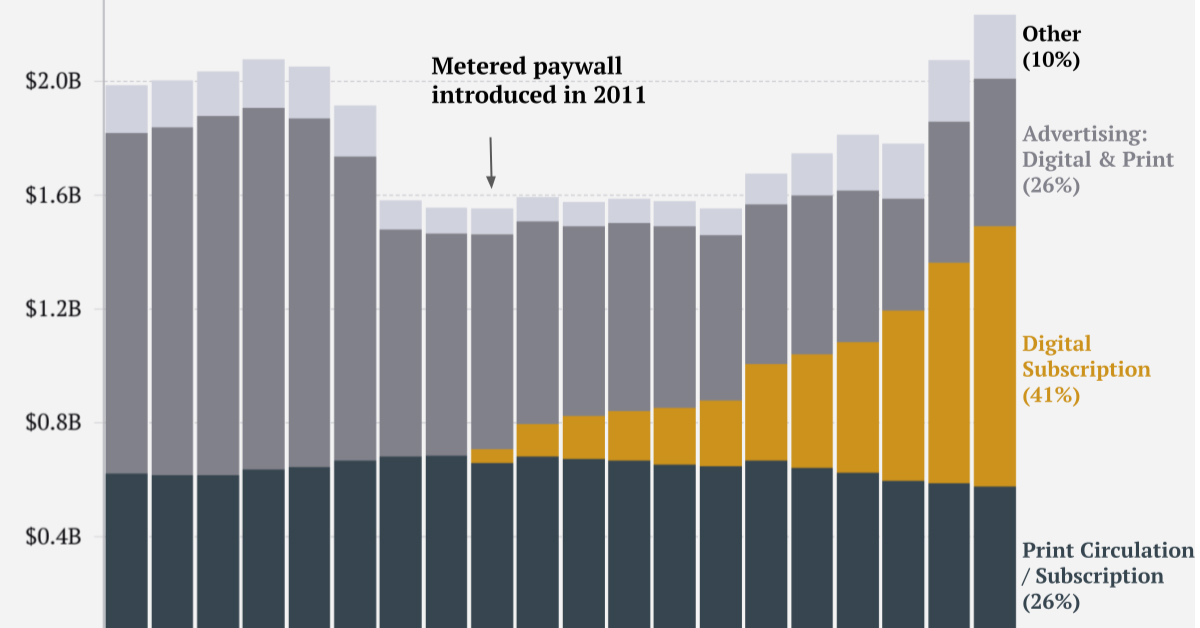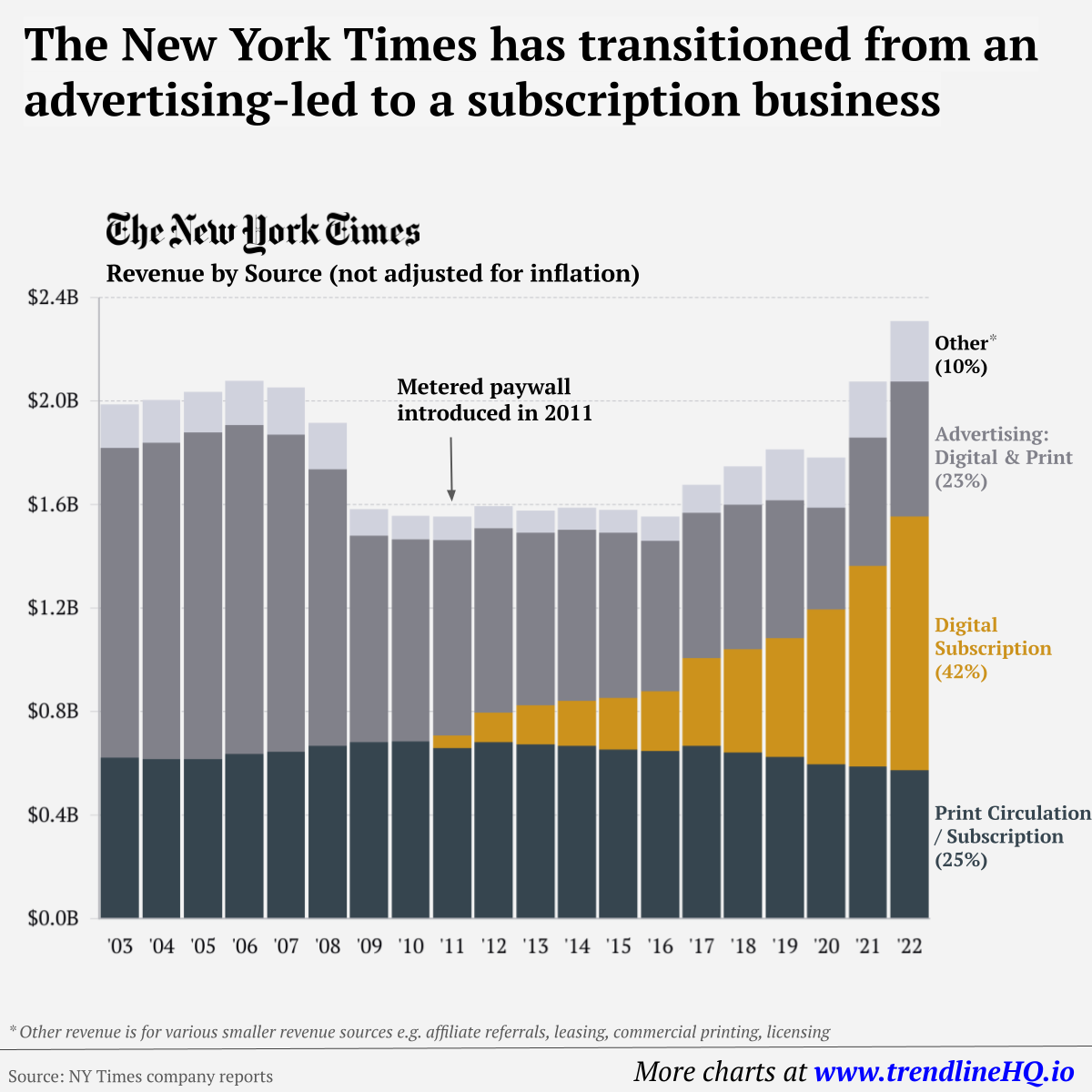Whether you have a direct relationship with the clients that buy your services, or you get passed client feedback through other team members, getting frustrated with a bad client is an almost universal struggle. Today’s infographic comes to us from GetCRM and it helps to make light of some of these tragic client experiences.
Clients to Avoid
Regardless of your industry or job title, there’s a good chance you can relate to these eight hilarious (but true) archetypes of clients to avoid:
What’s more dreadful? The client that permanently disappears and never gives an ounce of feedback, or the client that is all over you 24/7 and claims to know your field better than you? Whether you’re a tech entrepreneur or an investment advisor, it’s likely you’ve had run-ins with at least one of these larger-than-life archetypes.
The Eight Archetypes
According to the infographic, here are the eight archetypes of clients to avoid: The Design Expert They think that they have an eye for design, and think that their suggestions are vast improvements on whatever you’ve put together. The Indecisive Executive Their feedback could be useful if it didn’t always contradict itself. This client tells you to go one direction, and then to reverse in the exact opposite. The Confused Commander Reminiscent of Dilbert’s boss in the famous comic strip, the Confused Commander hires you for something they don’t understand and then provides advice on how to do it. The Ghost After dumping a load of work on you, they disappear – never to be seen or heard again. Hopefully they paid upfront. The Client Who Cried Wolf Everything is an emergency to this person. Heaven help you if there actually is an urgent problem, because it will likely be sandwiched between 10 other “issues”. The Feedback Failure This person has very specific feedback ideas and needs, but utterly fails in communicating them to you. Statements are general, subjective, and open to interpretation – and that doesn’t help move things along, at all. The Penny Pinching Visionary The Penny Pinching Visionary has a tiny budget, but massive expectations for your work. The Workaholic This person is seemingly awake and connected 24/7, and is wondering why you haven’t responded to their last email.
on Similar to the the precedent set by the music industry, many news outlets have also been figuring out how to transition into a paid digital monetization model. Over the past decade or so, The New York Times (NY Times)—one of the world’s most iconic and widely read news organizations—has been transforming its revenue model to fit this trend. This chart from creator Trendline uses annual reports from the The New York Times Company to visualize how this seemingly simple transition helped the organization adapt to the digital era.
The New York Times’ Revenue Transition
The NY Times has always been one of the world’s most-widely circulated papers. Before the launch of its digital subscription model, it earned half its revenue from print and online advertisements. The rest of its income came in through circulation and other avenues including licensing, referrals, commercial printing, events, and so on. But after annual revenues dropped by more than $500 million from 2006 to 2010, something had to change. In 2011, the NY Times launched its new digital subscription model and put some of its online articles behind a paywall. It bet that consumers would be willing to pay for quality content. And while it faced a rocky start, with revenue through print circulation and advertising slowly dwindling and some consumers frustrated that once-available content was now paywalled, its income through digital subscriptions began to climb. After digital subscription revenues first launched in 2011, they totaled to $47 million of revenue in their first year. By 2022 they had climbed to $979 million and accounted for 42% of total revenue.
Why Are Readers Paying for News?
More than half of U.S. adults subscribe to the news in some format. That (perhaps surprisingly) includes around four out of 10 adults under the age of 35. One of the main reasons cited for this was the consistency of publications in covering a variety of news topics. And given the NY Times’ popularity, it’s no surprise that it recently ranked as the most popular news subscription.






